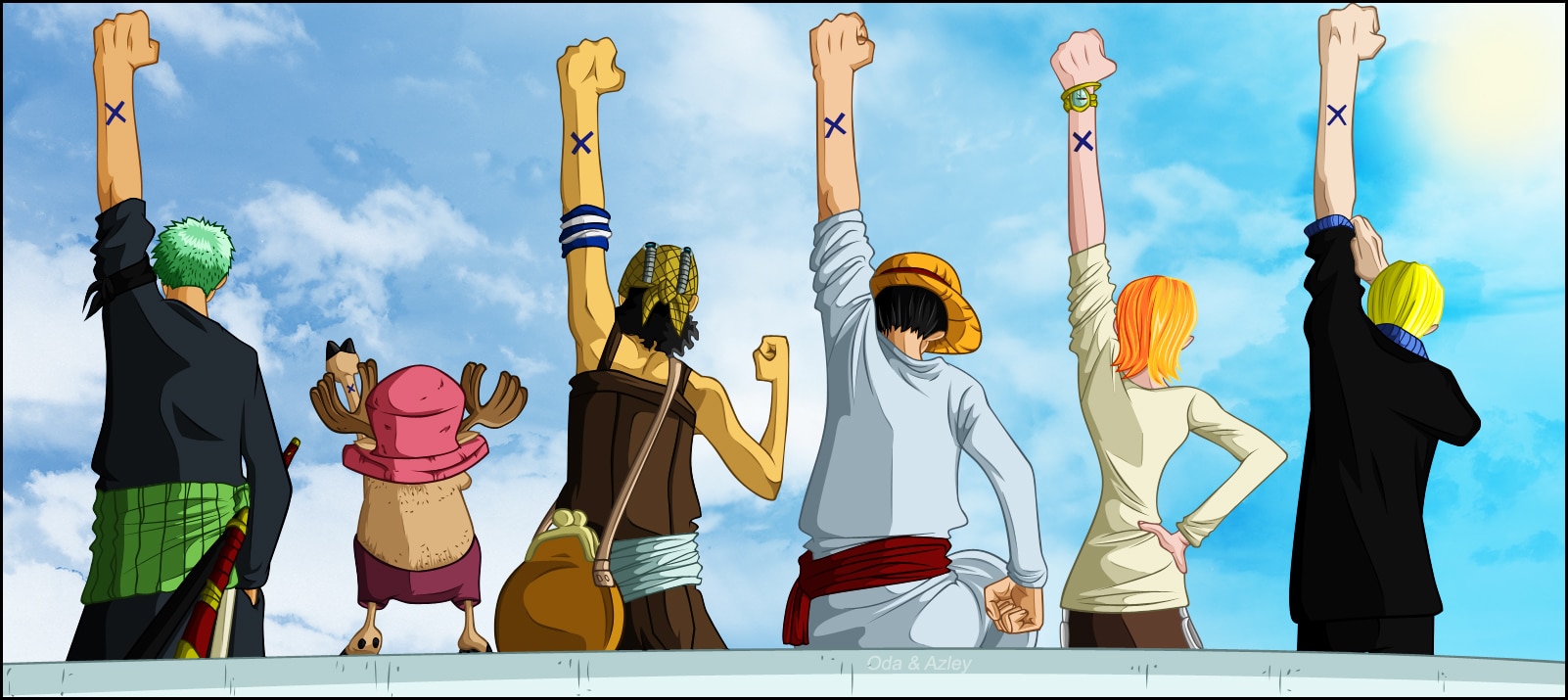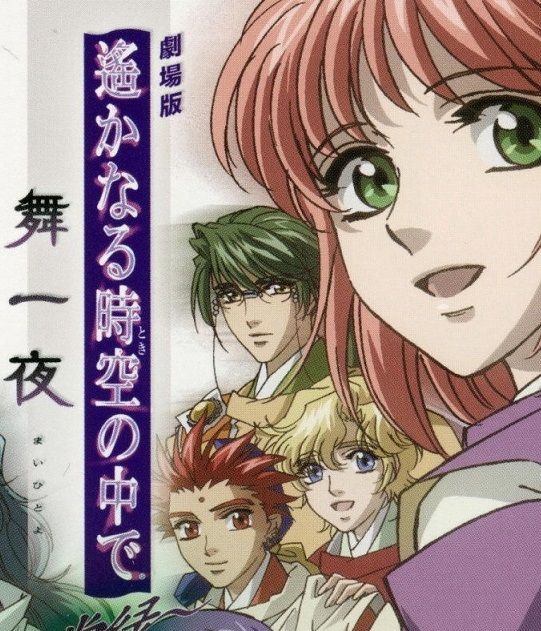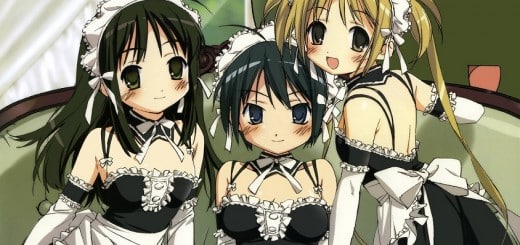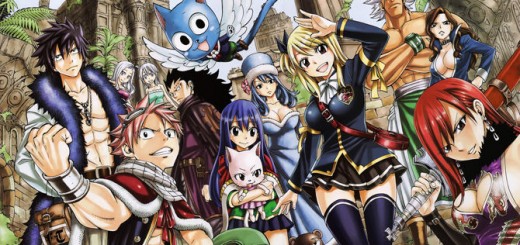Ateji – The Hidden Art Of Wordplay In Japanese Kanji
Ateji is a technique unique to Japanese – combining centuries of history between southeastern Asian countries and their writing systems. Kanji, hiragana, and furigana are combined in ways that provide subtext beyond subtext within the Japanese language.
If you look up the definition of なかま(nakama kanji), you will find that the common translation of the word is ‘comrade.’ There’s no arguing this, you can’t find an alternate meaning, and don’t even think of trying to stretch the original definition to be something as contrasting as ‘rival.’ But yet, Hatoko says this with such certainty that you must believe it’s in some way true. The question is how…
I finally understood what he meant when he said that ‘なかま’ [friend] can also be read as ‘rival’ -Hatoko from Inou-Battle
What Is Ateji?
The golden key here is the Japanese literary technique called Ateji. Ateji is a wordplay technique particular to the Japanese language – a method of pairing kanji (Chinese characters) and furigana (reading of said Kanji) so that they may have meanings which differ from their standard usage. Sometimes Japanese ateji may also involve differences in meaning between the Japanese kanji and the directly hiragana spelling too. This adds a hidden layer of translation to the text, even within the Japanese language. A single word is instantly given multiple meanings aside from the literal definition and certain moods, themes, or other elements can be injected into the text. Not only are you able to use a self-contained ateji phrase in this way, but the technique extends to chains of ateji words in a scene which when approached as a whole can give the text even further depth.
What’s even more interesting is that these days producers are becoming more open to adopting the use of ateji from the source for their anime counterparts in order to express complex ideas, develop plot, and portray character mindsets.
In Tsubasa: RESERVoir CHRoNiCLE, CLAMP constructs ateji through pairing the kanji 記憶 (memory) with the furigana こころ (soul/heart). This combination allows for the integration of the concepts of ‘memory’ and ‘soul’ within the story’s plot. – Mia Lewis
Pairing Kanji, Furigana, And Hiragana
Ateji and the ways it is used are so broad, yet complex in nature that it is necessary to classify them before moving on. I recently came across a paper by Mia Lewis in which she researched ateji usage in various serializations and came up with a really good categorization into three distinct Japanese ateji techniques – we will divide them up into Translative (T), Denotative (D), and Contrastive (C) ateji, as well as my own additional categories of radical (R) ateji and phonetic (P) ateji (man’yougana).
Translative Ateji
Translative ateji is a literary technique where the translation for the kanji in Japanese is provided in the furigana as-is, typically by means of a foreign word written in katakana. As the name implies, translative ateji is used to translate the kanji into a close approximation of its foreign counterpart, but can include some of the nuances that might arise from a gap in culture.
A good example is the kanji 英雄 (eiyuu) – the definition is along the lines of ‘ヒーロー (hero)’, but the actual meaning of this particular kanji has a slightly different take. The two characters used to construct this jukugo (compound Kanji phrase) are ‘England’ and ‘leader.’ With that in mind, 英雄 actually reflects a hero who may have been a knight or samurai fighting with the elegance often associated with England. But in manga it is common for 英雄 to be used to describe the main character who performs their heroic deeds through acts of foolishness and nativity. In that sense, the usage of ‘ヒーロー ‘ as the furigana can be seen as a deliberate way of using translative ateji to play on that difference.
Denotative Ateji
Denotative ateji is very different from the other types in that it focuses on the spoken flow and directly compares it to the reader’s understanding of the setting – the kanji will often be a proper noun while the furigana is given as a pronoun. An example would be using “コレ (this)” as the furigana for an object such as “花 (hana – flower)” in the sentence “ねー、花(コレ) は美しいだね – Hey, these [flowers] are beautiful, aren’t they.” Because of how furigana is typically read in Japanese, the natural flow of the sentences will be casual and reflect the viewpoint of the characters within the text with respect to what is being discussed.
It also serves as a way to adjust the reader to the setting of the world without having to change the flow of speech, like when introducing new terms to the reader which the characters are already familiar with. With this kind of ateji, it is not uncommon to find the Japanese kanji replaced with katakana while still keeping the furigana as katakana as well. An example of this would be using the furigana “アル (that)” to describe the word “ノートパソコン (nootopasokon – laptop).”
It is interesting to note that in some texts the furigana changes over the course of the conversation for the same kanji, reflecting the characters mood, relations, and feelings towards objects or situations over time.
Contrastive Ateji
Contrastive ateji is the third major category, and is one of the most intriguing uses of this technique. This type of ateji combines two different Japanese words which may not be directly referential by playing off the differences and similarities between them. When words are literally incapable of expressing the depth of the character’s emotions or feelings, this technique can be used to mix in alternate definitions in a way which may completely oppose the kanji.
Manga: Clover
An example used in Lewis’ paper is a passage from the Clover series. In this passage, there are three important phrases and readings that were used within the same scene – first 印 (shirushi – mark/crest) was used with the furigana ‘コード’ (koodo – code), next 認識表 (にんしきひょう – ID tag) was used with that same furigana of “code”, and finally 暗号 (あんごう – a code) was used with the furigana “spell” instead – a technique only possible with the Japanese language. The rotating of kanji and furigana to create different meanings gave a depth to this conversation which illustrated the understanding of what a “code” or “spell” was in this series, and how the particular characters viewed them as well as their level of seriousness.
Note that only differing kanji and furigana were needed for this effect – the hiragana is unchanged and unaffected. It is use cases like these which lead to highly complex settings brought about by clever insertion of contrastive ateji, enabling the characters to break free of a conventional written conversation. Also note, magic and spells in anime tend to make heavy use of this kind of ateji!
Radial Ateji
The example quoted from Hatoko at the beginning of this post is similar to contrastive ateji in some ways, but I like to call these types in particular by a different name – radical ateji. The reason for this categorization is that the meaning behind the furigana “rival,” is derived from the Japanese kanji themselves as opposed to the context within which traditional contrastive ateji operates.
The hiragana “nakama” was used at the beginning of the series, but in order to understand this ateji, the kanji for なかま (nakama kanji) must be introduced. 仲間 (なかま – comrade) is combined of two kanji characters which mean ‘relationship’ and ‘space’. The meaning behind these characters bring up the feeling of “a gap in the relation between others” and gives of that feeling of misunderstanding. From this it is easy to see how the ateji construction can lead to ‘rival’ – the radicals themselves are closer to the opposite meaning of the official jukugo.
As to why this is the case, I suggest reading up on the brief history of Japanese kanji adoption from China and Korea, but in short this take on the words can lead to some crazy interpretations. In addition to the next type of ateji, radial ateji is very common in manga/anime where the characters themselves demonstrate knowledge of these techniques.
Phonetic Ateji
The final type of ateji I want to talk about is phonetic ateji, also called man’yougana in ancient Japanese – ateji which owes its furigana explanation to a mixed reading of the kanji characters. This type of ateji is the most contrived technique which is why it is often used in settings where the story includes concepts of chuunibyou and characters who deliberately use ateji themselves.
To take the art to new extremes, the nanori readings of Japanese kanji characters are often used to describe words that are not proper-nouns (which means there may or may not be hiragana for it). Typically this technique is only used for names and is the art of creating kanji character pronunciations based off of their phoenetic readings. A common example is 亜米利加 (America) where the sounds of the kanji are used to spell out the word (亜 = a, 米 = me, 利 = ri, 加 = ka).
Manga: Harukanaru Toki no Naka de
When nanori is used in ateji, the end result can be quite different and have multiple layers of meanings when combined with other forms. In Harukanaru Toki no Naka de, the phrase “toki (time)” which is normally written as the Japanese kanji 時 is used very often. But in the title of the franchise, “toki” is written as “時空 (jikuu)” which means “space-time.” If you look at the phonetic readings of these two Chinese characters, 時 is read as “to” and 空 as “ki”. Very different from the hiragana spelling of that same kanji. This trick is used throughout the series because the plot is based off of both time and space travel where the characters are trapped in an alternate world. It is only by observing the tricky usage of phonetic ateji that this relation comes to light. Super cool, right!?
So What Now?
Japanese ateji is a type of literary element that has penetrated the deepest levels of Japanese writing and is able to manifest itself in various media forms, including light novels, visual novels, and anime. I’m glad that anime like Inou-Battle explicitly mention many of their wordplays for people who might miss them, but there is no doubt that works such as Bakemonogatari (bakemono + monogatari = monster + story) with its plethora of often hidden wordplay are to be appreciated as well.
Between the T, D, C, R, and P types of Japanese ateji, which one is your favorite? And obviously I have not captured even a fraction of the ateji in Japanese works so if anybody has some more cool examples, please comment – I would love to hear them!







